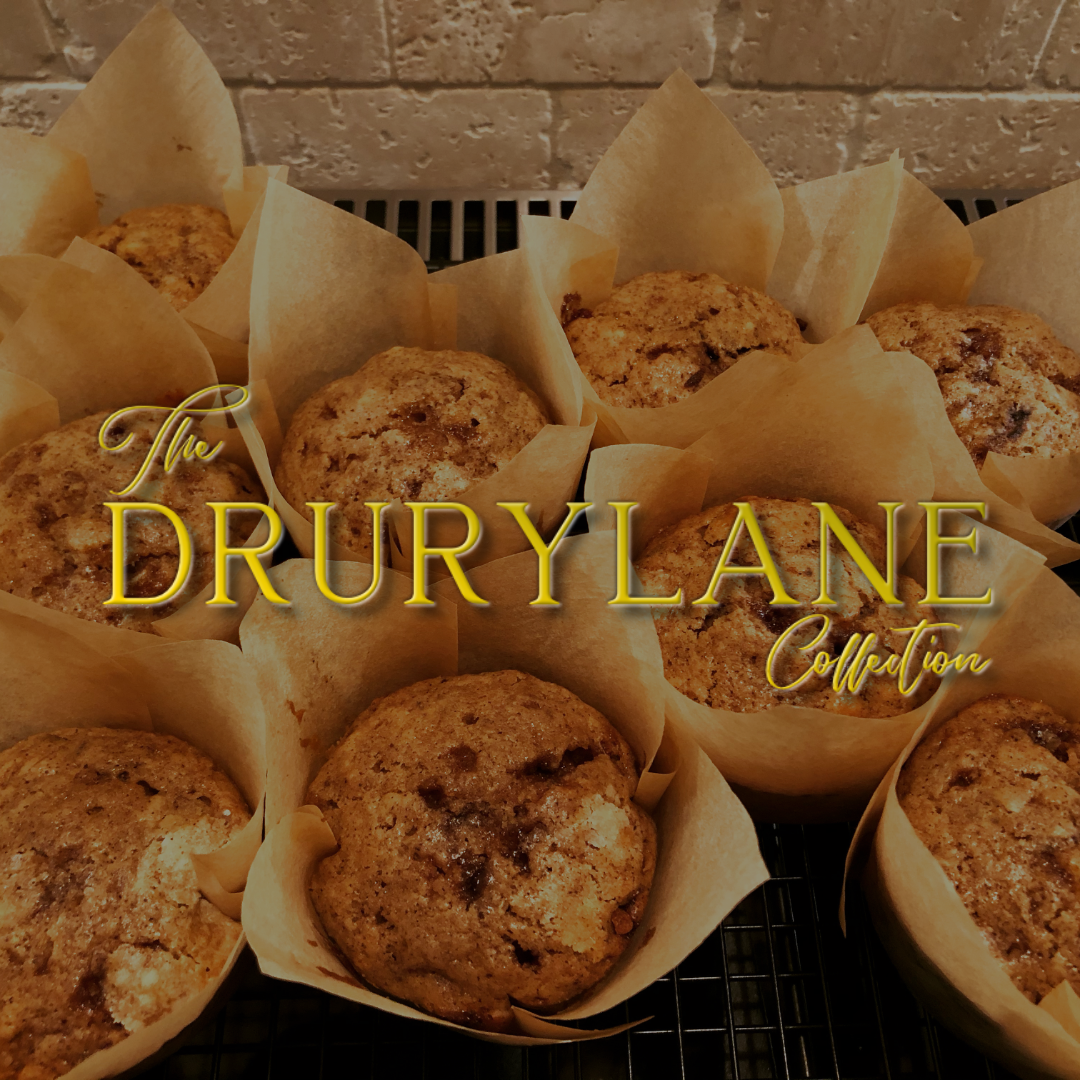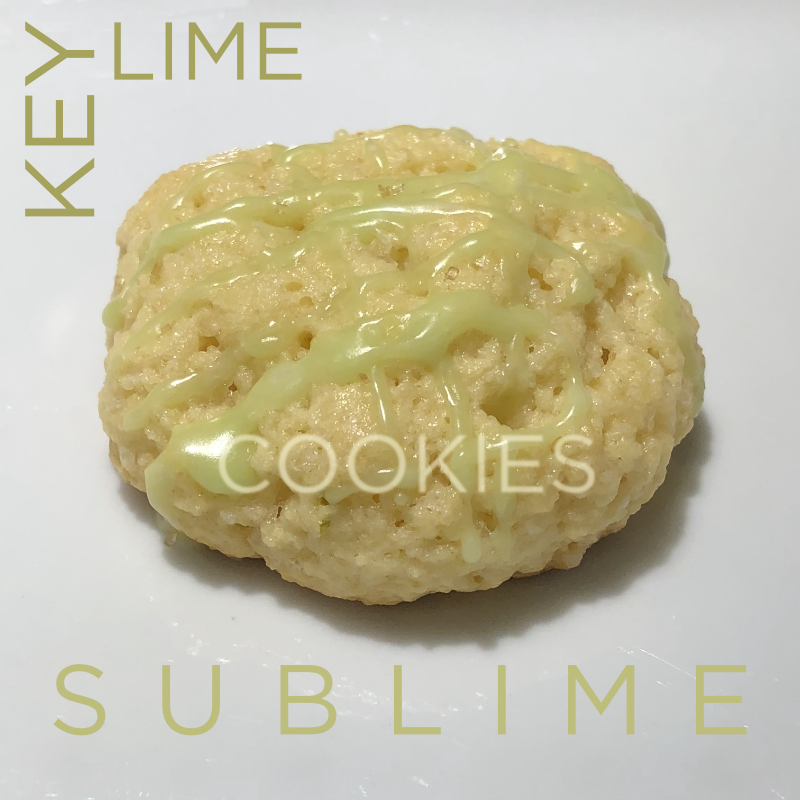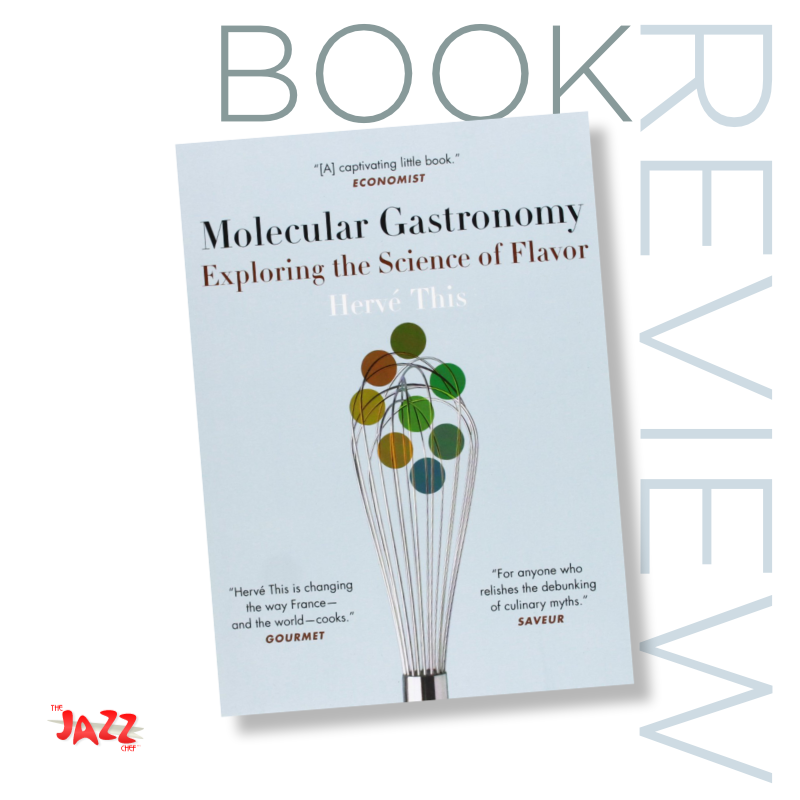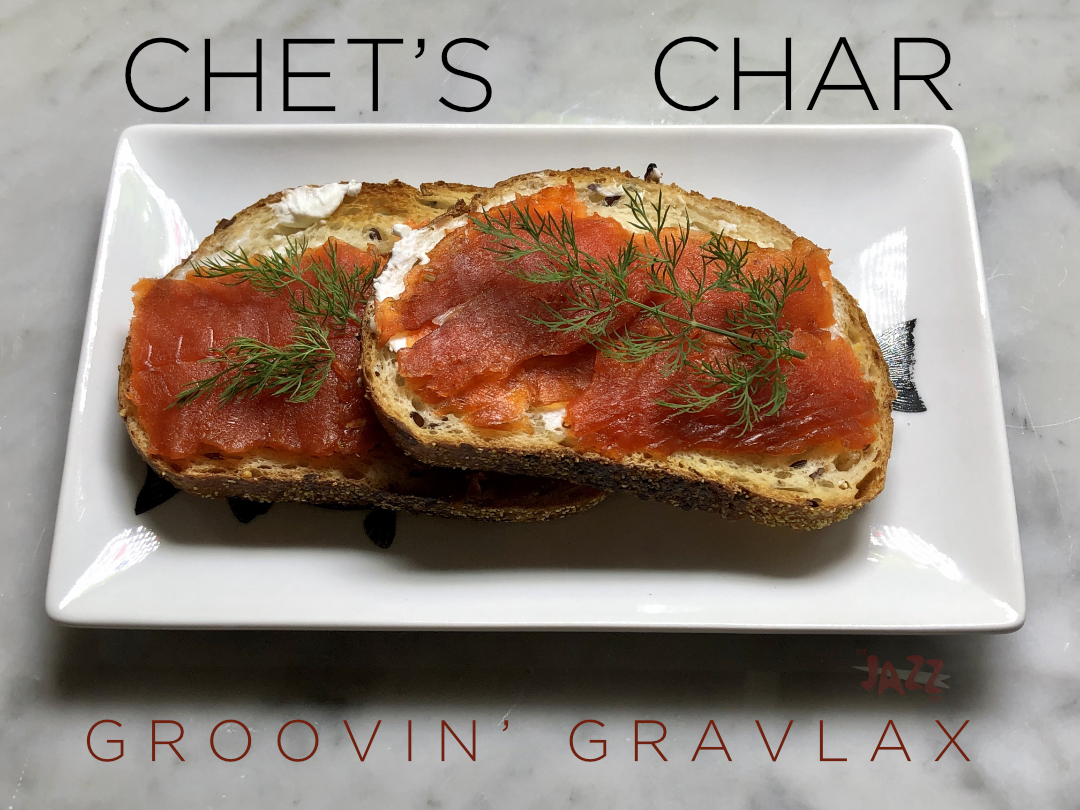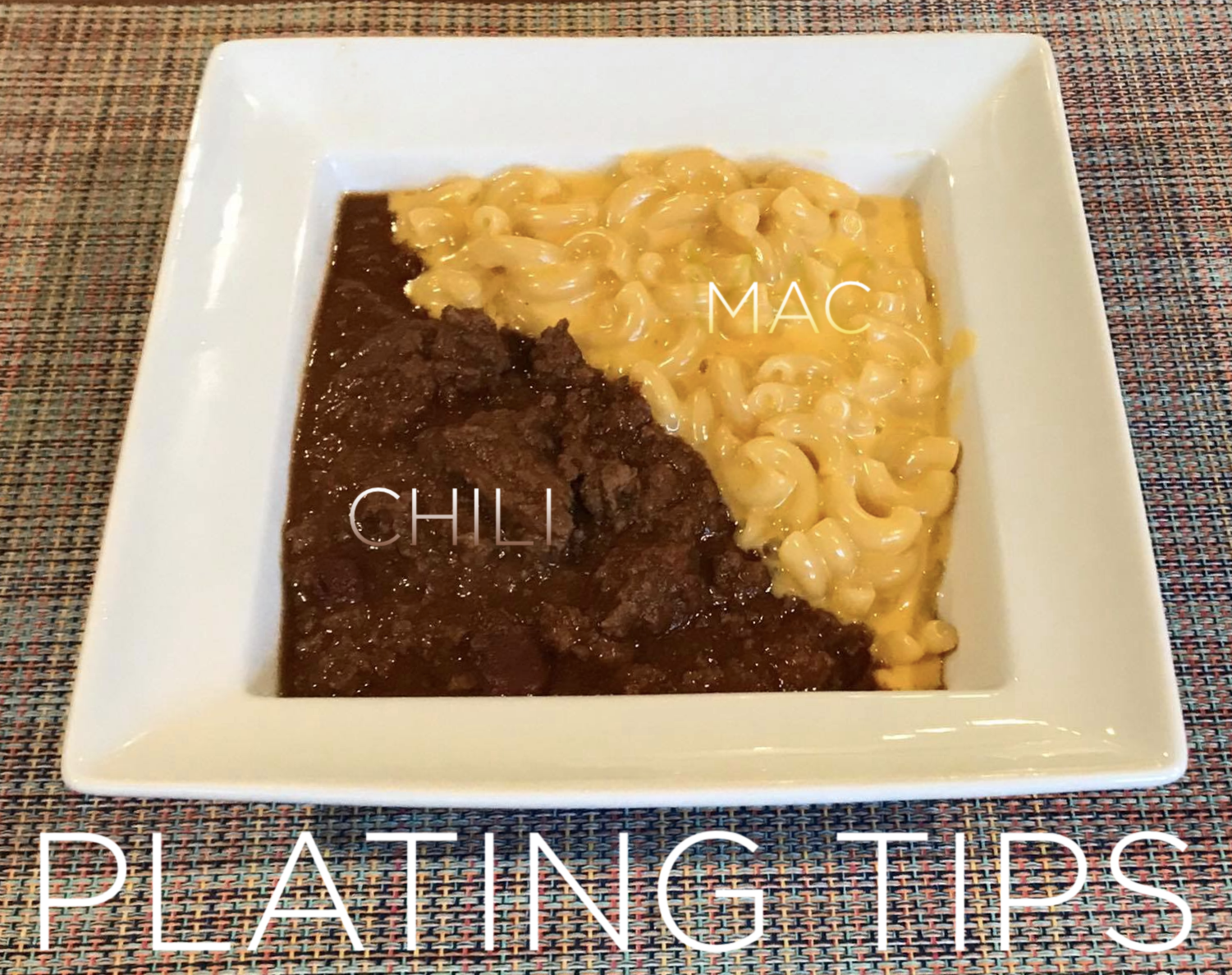(Book Review)
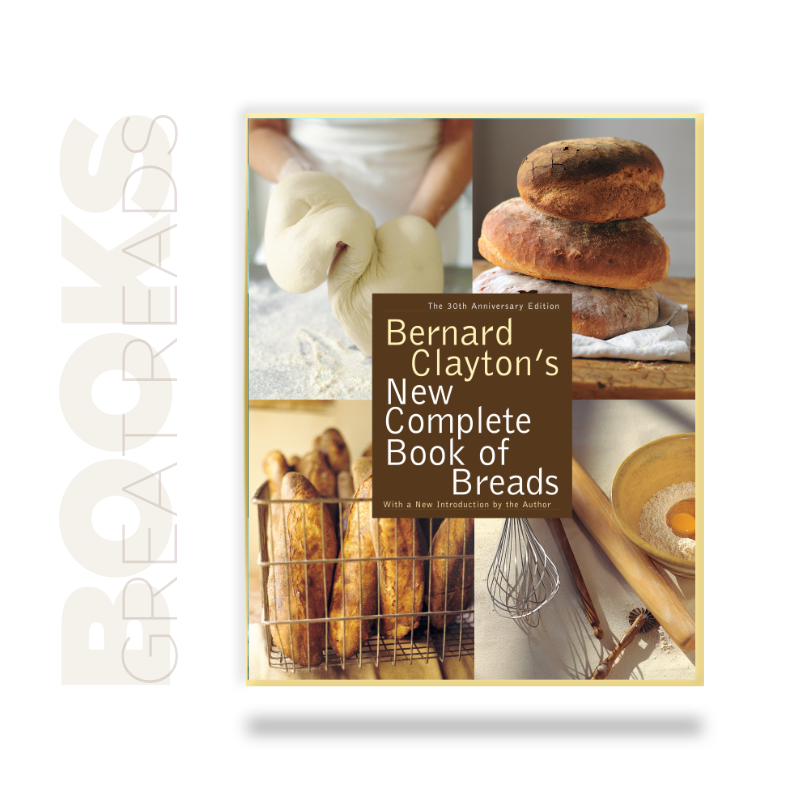
The Cook’s Tour
If there is a pantheon of great culinary writers, Bernard Clayton, Jr. belongs in it, right up there with his contemporaries in the latter third of the 20th Century, like James Beard, or Julia Child.
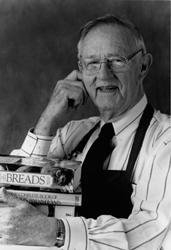
If you don’t start a foundation, or give out prizes in your name, then when you pass on, people may start to forget about you.
Such seems to be the case for Bernard Clayton, Jr.
I will not let Mr. Clayton be forgotten. I wrote a more extensive biography of him that I invite you to check out on Wikipedia. He had a wonderful life that began as a photo journalist, and a photo editor for Time-Life.
With a fateful trip to Europe with his wife, he fell in love with bread, and food, and began writing cookbooks.
His first love was bread-making. Then he moved on to the passion for foods in general.
Like me, he turned his love of the subject into a quest to tell stories in food, something which I, and many other chefs, bakers, and food writers, truly admire about him to this day.
He became one of the top authors on baking in the latter half of the 20th century, publishing six landmark books, mostly on breads, and dozens of articles for major publications.
Foundational Foodstuff

In the current food fad, where gluten, really only an issue for those with celiac disease, is erroneously associated with everything from sluggish performance at work, to the root cause of global warming, it may be unfashionable to talk about bread.
Bread, pão, brød, chleb, pain: It remains, tiny devil horns, and all, a foundational foodstuff of pretty much all world cultures.
Clayton sought to capture that story by curating hundreds of recipes that captured the breadth, and spirit, of world bread bakers, and baking.
The Bread Bible
“Bernard Clayton’s The Complete Book of Breads” became one of my culinary “bibles,” in the 1980’s.
I bought it, new, in 1987, and, quite literally, wore my copy out. The spine broke, and the cover became heavily “loved.’
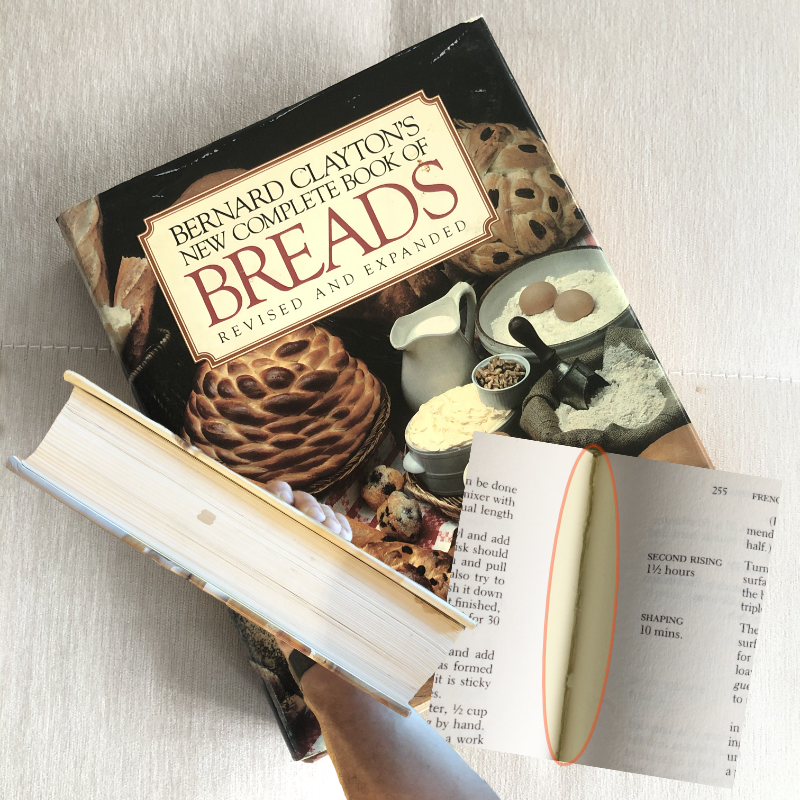
It’s retired now, on my shelf, next to my newer copy.
At the time that it was falling apart, copies of the book had dried up. Thankfully, there are still a few mega-bookstores. Powell’s City of Books, in Portland, Oregon, has a cookbook section that is culinary-crazed nerd-nirvana for foodies like me. I was able to get a clean enough hardcover copy, used.
Now, of course, with reprints, you can get the paperback edition, the only one still in print, through our Choicestuff area.
What’s New (from 2006)
The 2006, 13th anniversary edition, the last update of the book, which is featured here, keeps what was great, adds a few modernizations in baking method, and makes some adjustments for changes in ingredients over the decades.
The Pros
There is a ton to like about this book. It remains one of the most comprehensive surveys of world baking, with everything from: A simple white loaf; to exotics like Chinese steamed bao buns; fried dough puffs like New Mexican sopapillas, or Eastern European beet bread. It has recipes for: Muffins; small breads, like crumpets, and scones; and even a good dog biscuit recipe.
Here are a few of the things that will make it worthy to be included in your Hall of Fame cookbook lineup:
All’s Well That Ends Well
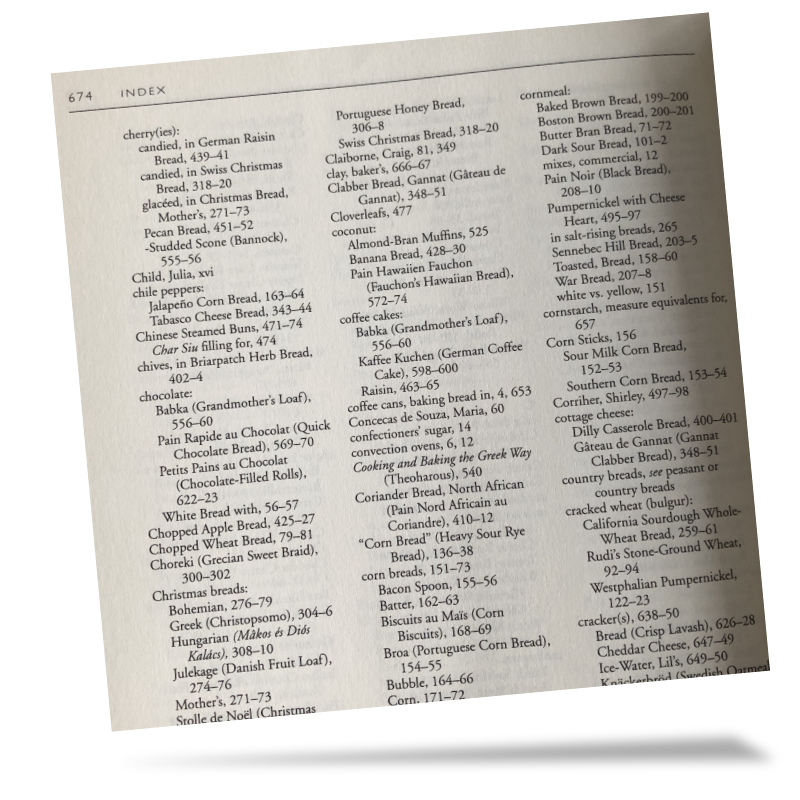
For starters, there’s the end: It’s indexed well. That may seem like a big nothingburger to you, but, when you want to find specific recipes, it’s wonderful, at 5:00a, when you’re making a bread for a brunch for twelve, at 10a, not to have to sweat pouring through the book, looking for the right spot.
Aside from the actual breads, he also indexes key ingredients, so you can find all of the bacon, or blueberry recipes. If you can’t remember the bread, but you can recall a key ingredient, or two, you’re in business!
Tales of Travel, Bonding in Baking
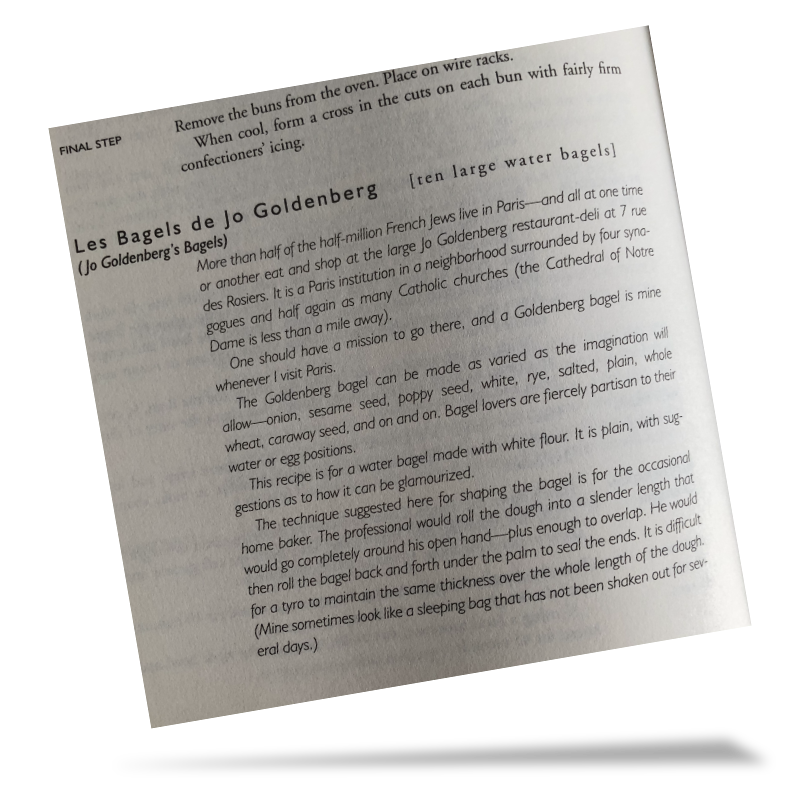
Clayton was one of the first recipe book writers to include a lot of his stories of the travel, or the people whom he met as he acquired these recipes.
His recipes are more than simple method. They are pedestal-elevating moments, honoring great bakers, home, and professional, from the U.S., and Europe, whose work inspired, and influenced him.
This is where I connected to cooking as one of the greatest forms of storytelling: Our personal, and cultural, legacies in food.
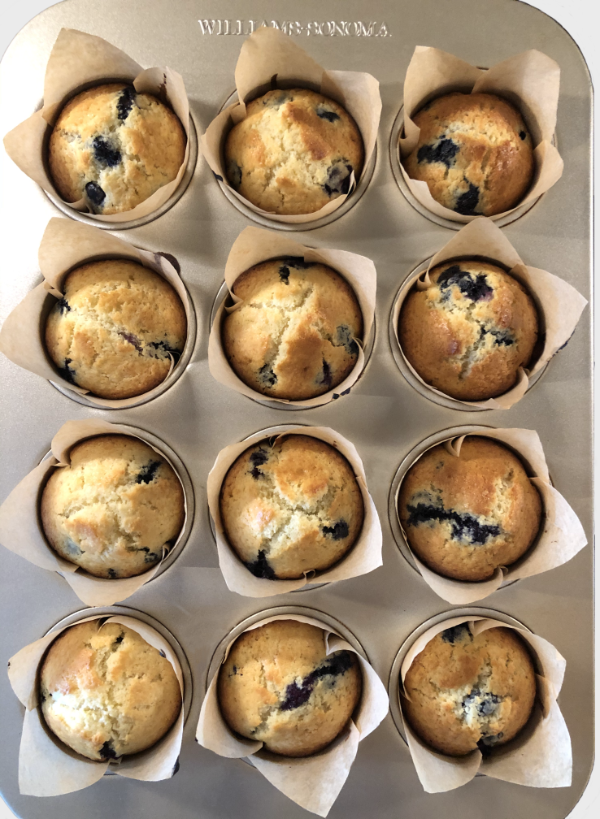
I’ve baked dozens of recipes out of this book. From ausytes, a Lithuanian bacon bun that was a big hit with a friend whose family was from Lithuania, to a beet bread that, while I got it dead on, was a little less to my liking, I’ve been able to experiment with all kinds of ground-zero recipes that began my adventures into creating my own.
My lemon-blueberry muffins are a riff, based on 30+ years of baking them, from the ones in a recipe that Clayton extracted from the owner of a hotel in Mackinac Island, Michigan.
They’ve taught me humilty, and patience. It wasn’t until I got to study the science of gluten chains that I came to realize the genius of the low-mix muffin.
Stirring, and leaving lots of lumps, may irritate my grandma, who told me never to leave a batter lumpy, but it creates irregular gluten strands, which make for the perfect, crumbly muffin.
Multiple Method Man (Need the Knead.)
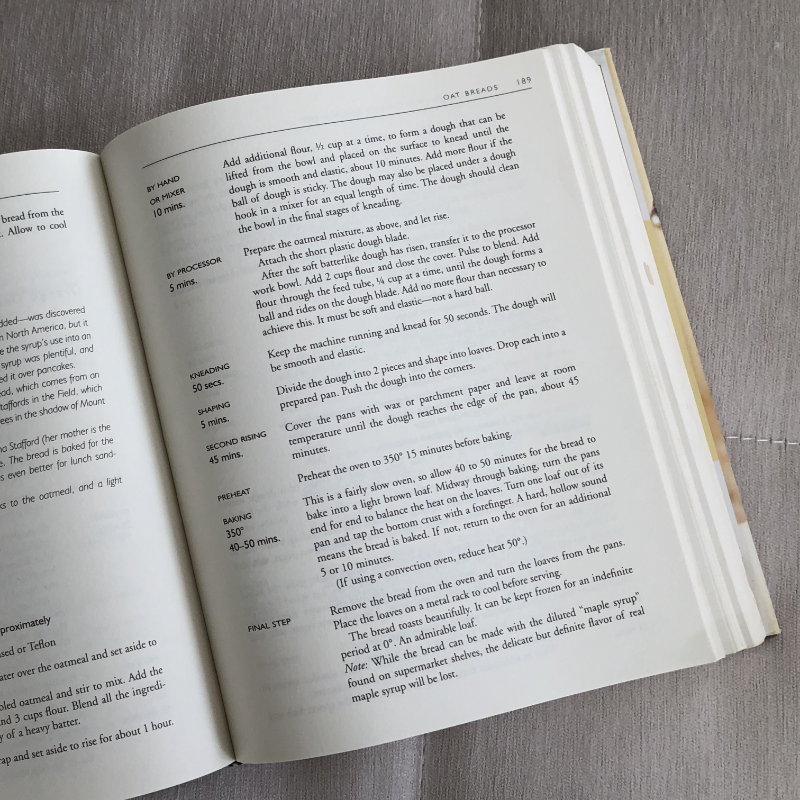
This easy-to-read layout was an innovation.
The 1987 edition was very avant-garde. It offered multiple versions of the same recipe for:
- Traditional manual kneading;
- “New” Kitchenaid dough-hook mixers;
- Something called a “Cuisinart” food processor. Oooh. Magic!
The 2006 edition includes updates to ingredients, and some improvements in methods from advances in baking gear, and oven design.
The Curated Collection of Recipes
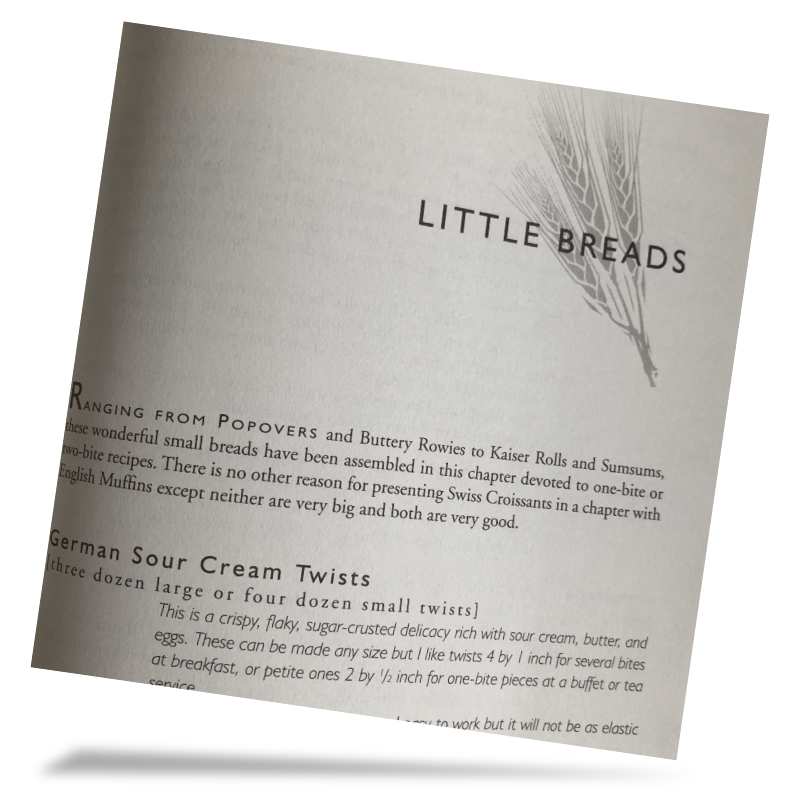
Clayton had a great eye for a landmark recipe.
The organization of the book is curated wonderfully. The American breads. The international breads. The “Little” breads, including gems like English muffins, and flat breads, like pita, and roti.
The basic breads, from plain, to peasant, to pita, are all easy to follow, and turn out delicious loaves.
Okay, so I executed Beet Bread perfectly, only to find out that I don’t love the taste of bread the color of The Joker’s coat.
There were so many kinds of breads that I had not only not experienced before, but that used myriad ingredients that I had not previously tried.
I have delighted making: Ausytes, Lithuanian bacon buns; banana-macadamia bread from Hawaii; a Southern biscuit base that I’ve since modified a dozen ways; hot cross buns; English muffins, and crumpets, crackers, breadsticks, Christmas breads, seeded whole wheat, French bread, and so many more.
He even put in a pretty exceptional dog biscuit recipe, and the how-to-build for a traditional Southwestern bread oven at the end of the book!
Updates
The 2006 edition, here, has been updated to reflect changes in yeast, and egg size, among other tweaks.
The Cons
Layout
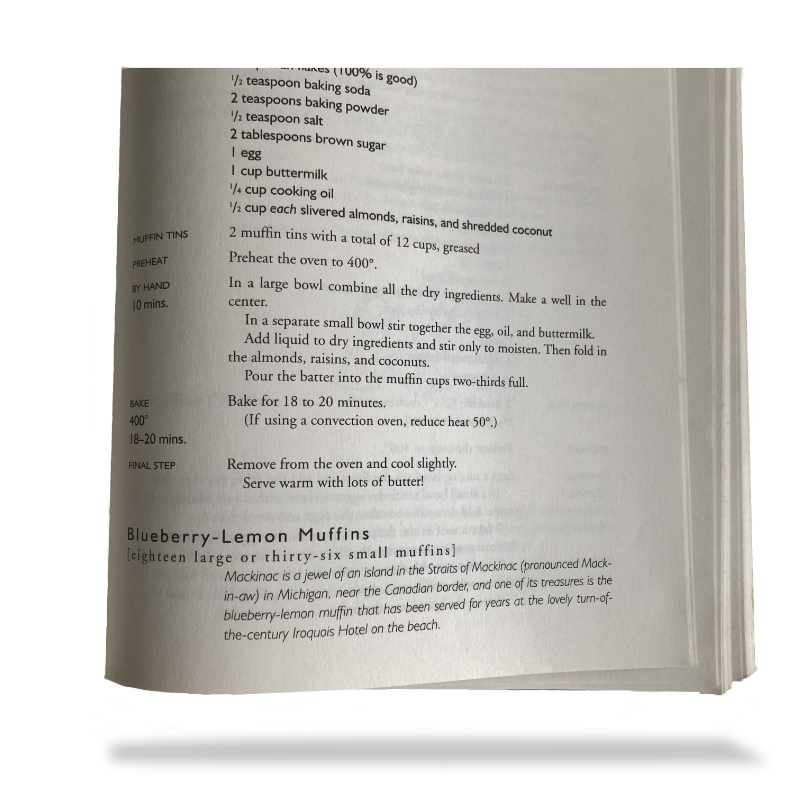
To cram in all of his recipes, and make the publishers happy, Clayton’s book just flows one recipe to the next. If it orphans a few lines of the recipe into the bottom 1/8th of a page?
Oh, well.
I find it, after decades of using the book ridiculously annoying to have the recipe title, and then two or three lines of its introduction, on one page, and then the rest of the recipe on the following page, often a reverse page, where I don’t have all of the words together. When you have gunked-up hands, the last thing that you want to be doing is stopping, cleaning yourself off, and flipping a page.
I would love, one day, to do a cleanup of this wonderful book.
Language
For a modern audience, some of Clayton’s language comes off a bit formal, with word choices, and and some of his stories, being dated to the border edge of possibly a little un-PC for a modern audience.
Even though his synonym for “stingy,” is a totally legit word that comes from Old French, and has no relationship to a modern American racial slur, when you see phrases like “use a niggardly amount of…” it does get a bit cringeworthy, and could be easily taken out of context.
Recipes Once Removed
Clayton was more of an editing tape recorder, than a master baker, or chef.
Where he does teach technique, he passes along the tips of the master baker, chef, or home chef who gave him their recipe.
The recipes range from the systemic bagel recipe of chef Jo Goldenberg, or the well-thought out treatment of gluten in the batter of the lemon-blueberry muffins of the Iroquois Hotel, in Mackinac Island, Michigan, to home recipes that are definitely more rote repetitions of grandmas past.
He dutifully reproduced recipes as they were, with his observations, but he usually leaves his hand off of the ingredients, or quantities, unless he is scaling down a big commercial baking recipe. It does impart some truth to the baking shared with him.
It also makes him delightfully human. He describes his attempts at shaping bagels as “a sleeping bag that hasn’t been shaken out for several days.”
Without more of the “why” to certain steps, some of the recipes can be frustrating for the novice baker, who might hang it up without achieving a few “wins” with easy home runs, that build up confidence.
My Take
Overall, the book has aged exceptionally well. There are a ton of recipes on the Internet for most of what is in this book.
So why do we need it still?
His simple, thorough approach to recipes, and his celebration of the humanity of the bakers whose work that he features in these pages, make this book both a great starting point to learn how to bake, as well as a comprehensive reference resource for all kinds of world baking, in one book.
Experienced pro, or beginner, this book is a must-have for anyone who wants to go on some wonderful adventures in baking. I give it my five-diamond Choicestuff™ Award.
Buy it from us here, to help keep more reviews like this one coming!


